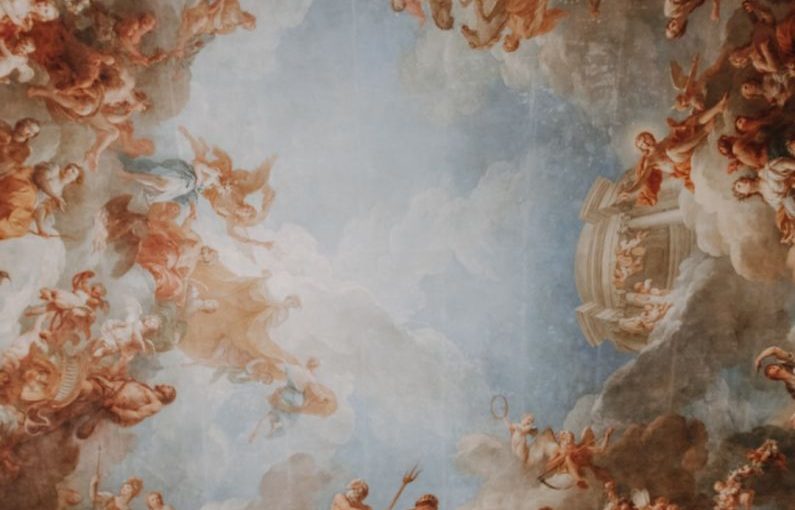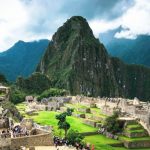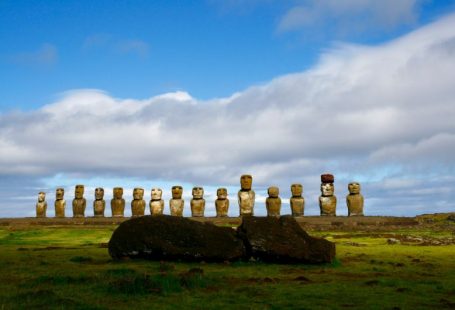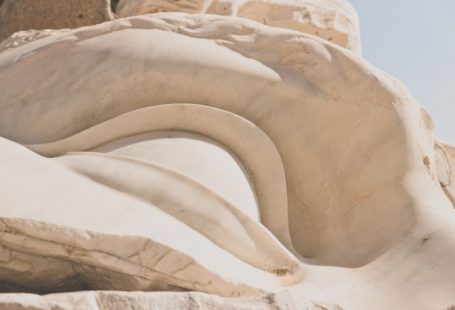The Renaissance, a period of profound cultural and intellectual transformation that spanned the 14th to the 17th centuries, marked a pivotal moment in European history. This era, often referred to as the “Age of Enlightenment,” witnessed a resurgence of interest in art, literature, science, and philosophy, leading to significant advancements in various fields. The impact of the Renaissance was far-reaching, shaping the course of European civilization and laying the foundation for the modern world as we know it today.
The Revival of Classical Learning
One of the defining features of the Renaissance was the revival of classical learning, particularly the rediscovery of ancient Greek and Roman texts. Scholars and artists of the period sought to emulate the achievements of the ancient world, drawing inspiration from works of literature, philosophy, and art that had long been neglected. This renewed interest in classical antiquity fueled a spirit of intellectual curiosity and creativity that permeated all aspects of Renaissance culture.
Humanism: Celebrating the Individual
At the heart of the Renaissance was the philosophy of humanism, which emphasized the value and potential of the individual. Humanist scholars championed the idea that human beings were capable of great achievements and should strive to fulfill their intellectual and creative potential. This focus on the individual as a rational and autonomous being laid the groundwork for the development of modern ideas about human rights, individualism, and personal agency.
Artistic Innovation and Expression
The Renaissance was a golden age for the arts, with artists such as Leonardo da Vinci, Michelangelo, and Raphael producing masterpieces that continue to captivate audiences to this day. These creative geniuses pushed the boundaries of artistic expression, experimenting with new techniques and styles that revolutionized the art world. The period saw a shift from the flat, stylized figures of the medieval era to more lifelike and naturalistic representations, as artists sought to capture the beauty and complexity of the world around them.
Scientific Revolution and Exploration
In addition to advancements in the arts, the Renaissance also witnessed significant progress in the field of science. Visionaries like Copernicus, Galileo, and Kepler challenged prevailing beliefs about the nature of the universe, laying the groundwork for the scientific revolution that would follow. These pioneering thinkers revolutionized our understanding of astronomy, physics, and mathematics, ushering in an era of unprecedented discovery and innovation.
The Printing Press: A Catalyst for Change
The invention of the printing press by Johannes Gutenberg in the mid-15th century played a crucial role in spreading the ideas of the Renaissance throughout Europe. This revolutionary technology made it easier and more affordable to produce books, allowing for the rapid dissemination of knowledge and information. The printing press democratized learning, enabling a wider audience to access the works of Renaissance thinkers and fostering a climate of intellectual exchange and debate.
Legacy of the Renaissance
The legacy of the Renaissance is evident in the enduring impact it has had on Western civilization. The period laid the foundation for the modern world, shaping our understanding of art, science, philosophy, and human nature. The spirit of creativity, curiosity, and innovation that defined the Renaissance continues to inspire us today, reminding us of the transformative power of human ingenuity and the enduring legacy of Europe’s Age of Enlightenment.





